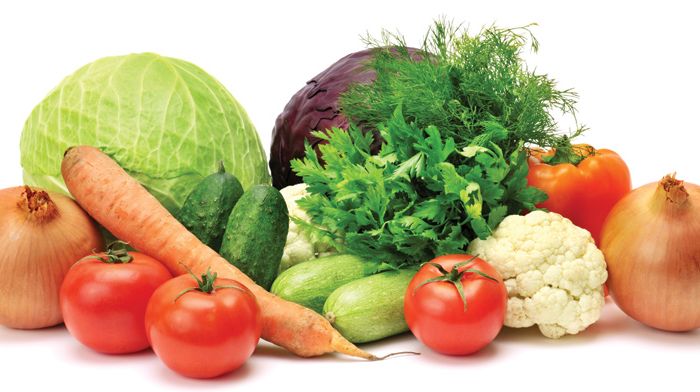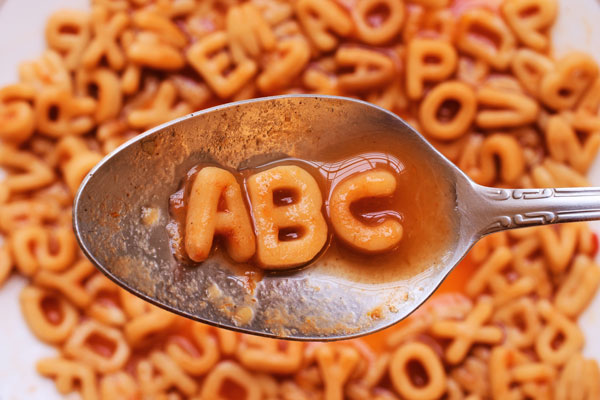Holiday Food Safety RX
There is always a lot to do during the holiday season with extra shopping, baking, social events, decorating, travel, and other tasks to complete. It is not uncommon to hear the rattle of OTC (over the counter) pain killers in other’s personal bags! In this blog, Jeannie and I offer our prescription for keeping food safety during the holidays.
Entertaining, whether at home or at the foodservice, requires attention to safe food handling to keep you and your guests healthy (and happy!). Even a person who is not in one of the at-risk categories who has experienced a mild, short-term foodborne illness with 24 to 48 hours of vomiting or diarrhea will tell you it can have a debilitating effect that lasts for several days. Not to mention those who experience more dire impacts such as hospitalization, long-term injuries, or even death! Foodborne illness IS preventable. And the steps taken to keep food safe also maintain quality of food so think of attention to food safety as part of quality control and a Win-Win business strategy.
In foodservices, holiday time translates to more business, which is a good thing. However, sometimes shortcuts get taken just because it isn’t felt there is time to follow them – the pressure is on to produce. A national study our Iowa State University food safety team conducted a few years back with hourly foodservice staff across all age groups found safe food practices were not followed because 1) there wasn’t enough time with the quick pace in operations; 2) they didn’t know where supplies were located; and 3) they didn’t have routines in place to practice. As a result of these findings, we created the “Do your PART” modules that included video segments, exercises, and short assessments after each of the units on Planning, Acting (on the Plan), Routine, and Thinking (of improvements). The purpose of the module on planning was to help staff avoid feeling like the proverbial hamster on the wheel and take control over their work schedules. Rather than spending all day running around in circles, planning provides the chance to see efficiencies that can be implemented.
An initial part of planning is identifying the menu. Think about available equipment for preparation, holding and service; characteristics of the service location; and the staff (skill and numbers). We will assume only healthy staff are working with food (see the first blog for this month). Those who are working with food prep and service can implement strategies such as pre-prepping in batches the same ingredient that is used in various menu items (such as chopping vegetables), or baking in mega batches, cooking to order, and using mise en place to streamline set up and tear down inputs. Outsourcing (purchasing fresh-cut produce rather than in-house processing or finding entrepreneurial pastry chefs for desserts) can free up production schedules. If you are in charge, delegate to others with clear expectations of what to do, how it is to be done, and when it is to be completed. Having written standard operating procedures in place avoids repetition of instructions, which may lead to an important point being left out! What is important is to “routinize” safe practices so these are automatic actions, similar to brushing your teeth or leaving the car keys in the same place.
If you are planning to entertain during the holidays it is critical that time and temperature abuse of foods and cross contamination are avoided. If raw protein foods are cooked, be sure they are cooked to minimum internal temperatures. Hint: check doneness with a calibrated thermometer rather than relying on color or texture alone. Keep hot foods hot and cold foods cold. Temperature controlled for safety foods (generally protein foods and certain washed and cut produce items) should not be at room temperature for longer than two hours. Remember the temperature danger zone is between 41° F (above refrigerator temps) and below 135° F (the minimum temp for hold holding). Hint: FoodHandler has some nifty charts to keep handy for staff reference. Staff working front of house should monitor temperatures to make sure that food stays hot or cold – this is for quality as well as safety purposes.
Staff working front of house are the eyes and ears during the event. It is their job to be alert for potential cross contamination of foods or beverages. If refreshments are self-service, your workers can monitor that foods are not unintentionally contaminated by a guest who forgets to use the serving utensils and inadvertently touches ALL the crackers or “double dips” with a chip. Barriers to bare hand contact with foods, such as gloves or serving utensils, should be used. Customers actually appreciate seeing food workers wearing gloves. Intentional contamination is also a potential threat as we discussed in the October blog on Food Defense. Keeping uncooked food from ready-to-eat food; soiled items from clean; and batches of product separate are the three focus areas for front of house staff. Those working the line can also monitor that surfaces look clean and presentable, and be alert to any front of house incidents (something is bound to get spilled – as a former waitress I recall a few tray drops!). Staff working in the public eye need to recognize they are being watched by the clientele. They need to look clean and tidy, avoid licking fingers, touching of food, coughing into hands, as well as other bad hygiene practices.
Of course, we assume everyone working in a retail food setting who is involved in food preparation and service understands, and practices, the do’s and don’ts to avoid temperature abuse and cross-contamination of foods. But with seasonal uptick of business and subsequent hiring of temporary workers, this may not be the case. Supervisors cannot assume new hires know best practices that are to be followed. Those in charge need to train on the right way to keep food safe, and monitor that what is supposed to be done, is indeed practiced. FoodHandler has short training videos on food safety fundamentals that should be required viewing for all new hires. The fifteen minutes paid to staff to watch these can yield payoffs by minimizing the risk of food borne illness. Jeannie and I wish all of you a safe, happy and healthy holiday season. Risk Nothing!
READ MORE POSTS
The Alphabet Soup of Hepatitis and Why it Should Concern Foodservice Operators.
Late in July, I was made aware that World Hepatitis Day was on July 28th. I do have to be honest – similar to most of you reading this, I was surprised there was such a thing. After doing a bit of research, I discovered July 28th was named as such to recognize the birthday of Dr. Baruch Blumberg, who first discovered the hepatitis B virus in 1967 and then two years later developed the first hepatitis B vaccine. Each year, the Centers for Disease Control and Prevention and the World Health Organization recognize the day to help raise awareness about hepatitis, which impacts over 300 million across the globe and causes more than one million deaths a year.
Food Recalls: Another Important Reason to Have a Sound Traceability Program in your Foodservice Operation
Earlier in the month, I discussed a bit about the proposed traceability rules that may be coming out soon. One result of implementing the proposed rule and improving overall food traceability in your operation is the ability of those in the food chain to quickly identify and pull product involved in a food recall.











